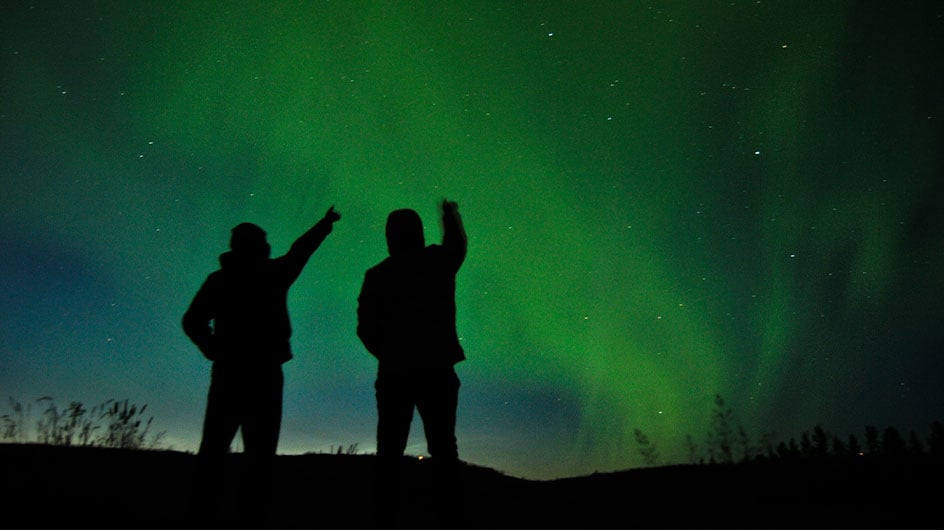My birthday trip to Iceland was meant to be the moment I finally saw the northern lights dance across the sky. Unfortunately, it didn’t go as planned. Even though my family and I booked a remote lodge far from city lights—with wide-open skies and every chance for a front-row seat to the aurora—Mother Nature had other plans. Dense, snow-filled clouds kept the lights hidden during our stay.
Was I disappointed? Absolutely. But the experience only fueled my determination to try again—and to do it better next time.
I’ve since gathered plenty of tips to improve my chances of spotting the elusive aurora borealis in the future. So whether you’re planning your first northern lights trip or coming back for round two like me, here are the tips, destination ideas, and photography advice I wish I had known before I went chasing the northern lights.
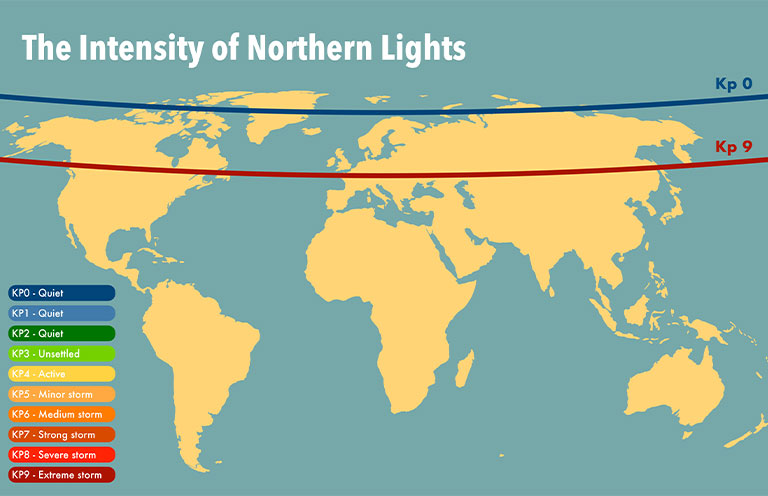
Use a northern lights tracker app
Did you know that space weather is a thing? Geomagnetic activity in the atmosphere is measured on a scale from 0 to 9—it’s called the planetary K index (Kp). Bottom line: The higher the number, the greater your chances of seeing the northern lights, especially in areas farther from the magnetic poles.
These forecasts are generated by the National Oceanic and Atmospheric Administration (NOAA) and are updated every three hours. Fortunately, you don’t need to decode the data yourself since there are apps for that.
I use My Aurora Forecast & Alerts, which is available in both free (ad-supported) and pro versions. It provides location-based forecasts based on the Kp index. You can even set up alerts when the Kp reaches your desired level. (For example, I’ve set mine to notify me if the Kp hits 7+ in New York’s Hudson Valley.)
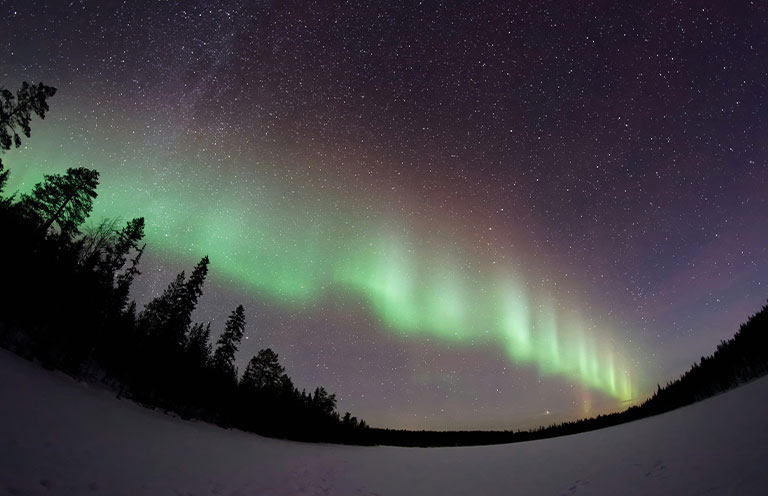
How to boost your chances of seeing the northern lights
According to the NOAA, here are the key ingredients for a successful aurora sighting.
Head north in winter
Think high-latitude destinations such as Iceland, Norway, or Alaska. And winter, with its long, dark nights, is the optimal season for aurora viewing.
Choose a dark-sky location
The destination should have minimal light pollution, far from city lights.
Plan your trip around a new moon
A bright full moon can wash out faint auroras; a new moon offers the darkest skies.
Time your trip with solar activity
The sun follows an 11-year cycle, and auroras are most active during solar maximum—when sunspot activity peaks and geomagnetic storms are more common. Before you go, check where we are in the cycle; higher solar activity means better chances of seeing the northern lights.
Aim for late-night hours
The best viewing is typically between 10 p.m. and 2 a.m. local time.
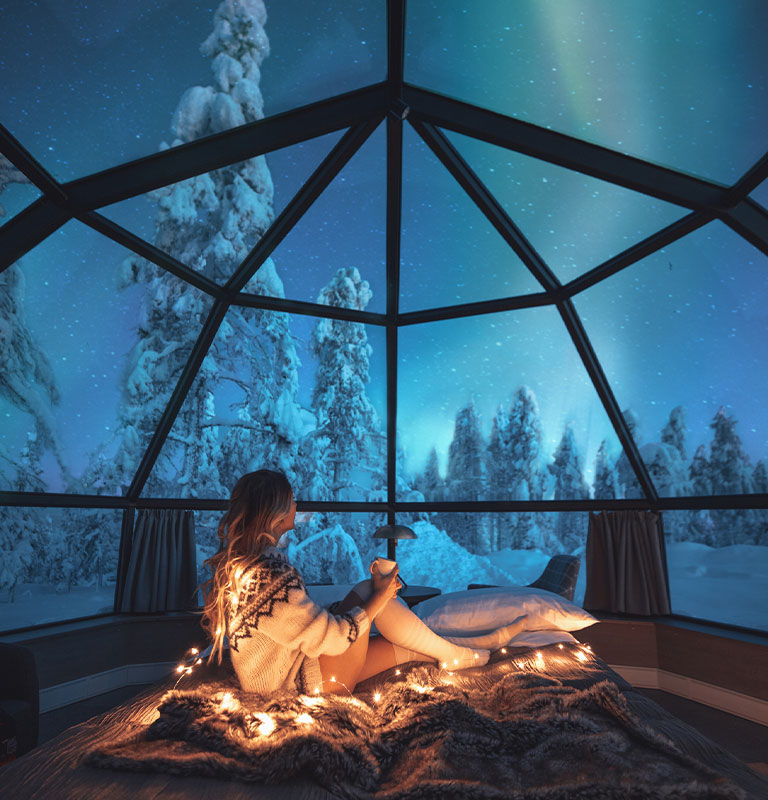
Stay for multiple nights
The aurora is unpredictable. Even in optimal conditions, it might not appear every night. Plan for at least three to five nights to increase your odds.
Join a northern lights tour
Local guides know the best viewing spots and often offer mobile tours that chase clear skies in real time.
Be patient
Auroras often come in bursts. Dress warmly, bring hote drinks, and settle in. You might keep watch from a hot tub, sleeping bag, or heated vehicle.

Where you can see the northern lights in the US
The aurora is most frequently visible in Arctic Alaska, but it’s not impossible to catch a glimpse in parts of the continental US. In fact, in October 2024, the northern lights made a rare peek-a-boo appearance right in my backyard, just 30 miles north of New York City.
Your best chance of seeing the northern lights in the Lower 48 is to head to one of the northern states that sit close to the aurora oval, a region circling the magnetic poles where auroral activity is most likely. This includes places such as Maine, Michigan, and Washington State.
To improve your odds even more, seek out one of the country’s 160 designated International Dark Sky Places. These certified sites have minimal light pollution, offering crystal-clear night skies perfect for viewing starry sky phenomena—and, if you’re lucky, catching the northern lights.
Some standout US spots include the following:
- Voyageurs National Park, Minnesota
- Keweenaw Dark Sky Park, Michigan
- Medicine Rocks State Park, Montana
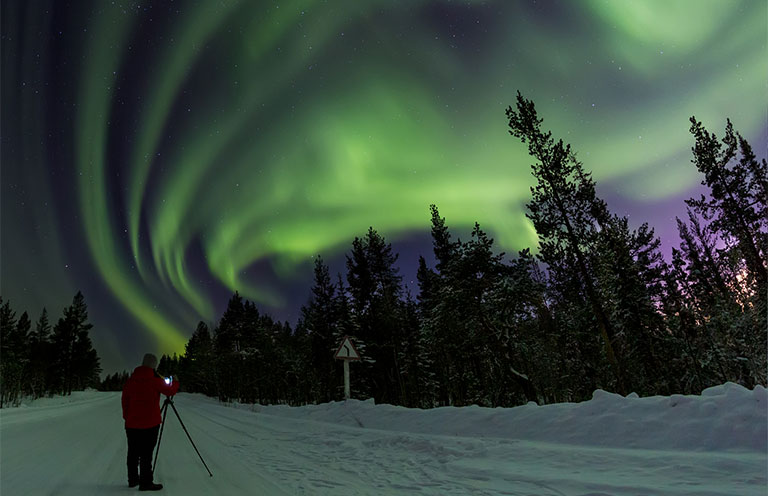
Tips for photographing the northern lights
You don’t need to be a pro to capture stunning photos of the northern lights. Even amateur photographers with a digital camera can get great results. But you do need to feel confident using your gear.
Before your trip, consider taking a photography class (online or in person) to learn how aperture, shutter speed, and ISO work together to produce well-exposed, in-focus night photos. Then, practice photographing the night sky in different conditions so that you’re ready when the aurora finally appears.
If you’re wondering if it's possible to capture amazing photos of the northern lights using your smartphone, here’s the answer: absolutely. Many modern smartphones now have powerful night modes that can capture the aurora, but you’ll want to get comfortable with your phone’s manual or low-light setting in advance.
Since these shots require a longer exposure time, bring a sturdy tripod to keep your camera or smartphone steady and avoid blurring.
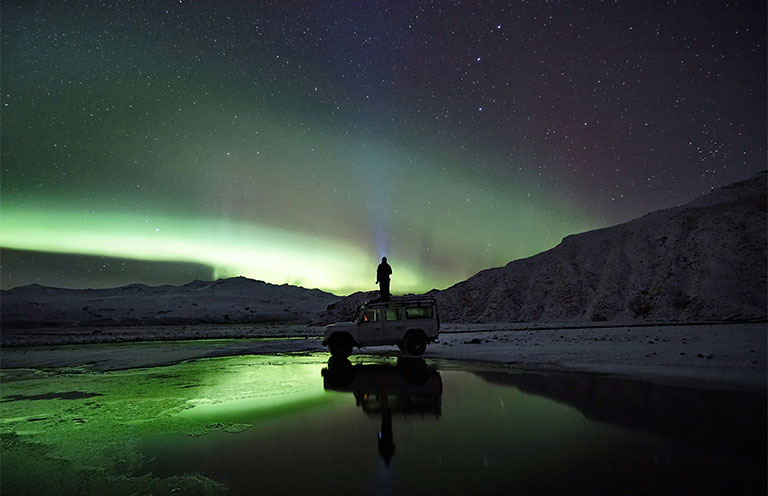
Choose a travel destination that offers more than just the northern lights
All of this advice will definitely improve your chances of witnessing and photographing the northern lights, but there’s one factor you can’t control: luck.
You may get lucky and see the aurora. Or you may not. That’s why it’s important to choose a destination that offers plenty of “wow” moments beyond the lights so that your trip is unforgettable either way.
My family doesn’t remember the Iceland trip as the time the northern lights failed to show. What we talk about is our awesome snowmobile ride across a vast glacier, sparkling with rare rays of January sunlight. Best birthday gift ever.
